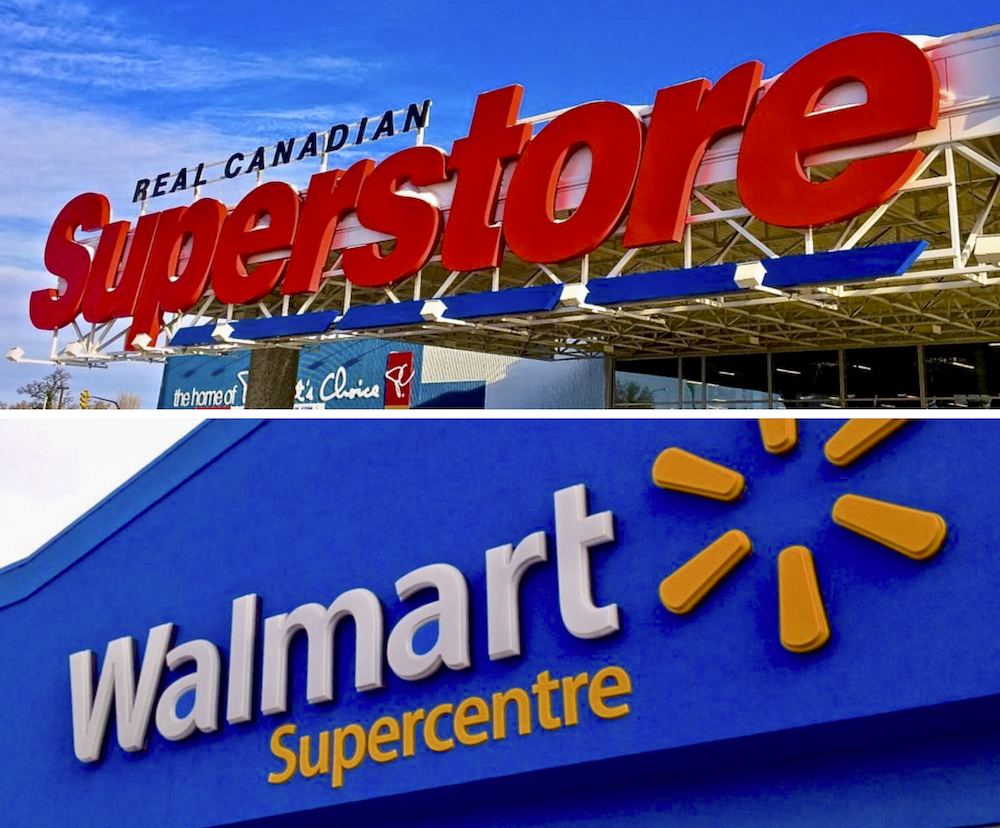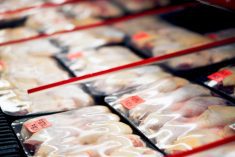Canada’s Food Price Report for 2024, released by Dalhousie University, the Universities of Guelph, Saskatchewan, and British Columbia, has unveiled a nuanced and complex landscape of the nation’s food pricing.
This landscape is underpinned by diverse factors that extend beyond the supermarket shelves. The report predicts that food prices will increase by as much as 4.5 per cent in 2024, with meat, vegetables and bakery products driving food inflation higher at the grocery store.
While many Canadians may hope for price drops, it’s essential to understand that the issue is entangled with the complexities of the global economy, and no nation is immune to worldwide uncertainties.
Read Also

‘Energy crop’ for aviation fuel faces significant challenges: FEATURE
New bioenergy crops such as sorghum and switchgrass may launch a sustainable aviation fuel (SAF) market, but Canadian farmers will have to be convinced.
As most Canadians are aware, except for those who subscribe to the notion that food prices are solely driven by one individual or one company, the persistent rise in food prices reflects broader inflationary trends affecting the economy. This is a symptom of increased expenses in production, transportation and the ripple effects of global economic shifts.
Climate change also plays a crucial role in shaping the food pricing narrative. Extreme weather events directly impact agricultural productivity, disrupting crop yields and the availability of essential food products. These incidents serve as a stark reminder of the food supply chain’s vulnerability to environmental changes.
In response to rising costs, Canadian consumers are adapting their spending habits. There’s a noticeable shift toward more budget-conscious shopping as consumers adjust their dietary choices in light of price hikes. This change in consumer behaviour is a critical aspect of the food pricing equation, influencing retail and production strategies.
The recent string of interest rate hikes by the Bank of Canada has had a significant impact on households across the country, forcing many to reduce their food spending despite inflation. The past year has been challenging, but there are signs of improvement.
As we approach the target food inflation rate of 1.5 per cent to 2.5 per cent, likely to be reached in 2024, consumers should have certain expectations from our policymakers. The introduction of regulatory measures, such as a grocer’s code of conduct, signifies a growing awareness of the need for more oversight in the food retail sector. It’s worth noting that Loblaw and Walmart currently hold significant power in the industry, which needs to be addressed to benefit consumers.
Canadians have valid concerns regarding the influence of companies like Loblaw and Walmart. The practice of charging more fees to suppliers, who then raise prices to compensate for these elevated fees, ultimately leads to consumers bearing the burden.
If Ottawa is genuinely committed to stabilizing food prices, it should consider making the Grocer Code of Conduct mandatory, ensuring that both Loblaw and Walmart adhere to it.
This move would be in the interest of fostering competition and improving the food supply chain for the benefit of all Canadians. Failure to do so may raise questions about potential inappropriate political interference between some grocers and the Liberal party.
The insights gleaned from Canada’s Food Price Report 2024 underscore the potential for Ottawa to make a difference with strong leadership. While Loblaw and Walmart are well-managed companies, their influence in the food industry has become a concern for the broader population.
Addressing this issue is crucial for the well-being of Canadian consumers and the overall health of the food supply chain.
– Sylvain Charlebois is professor of food distribution and policy at Dalhousie University and senior director of the Agri-Food Analytics Lab.















